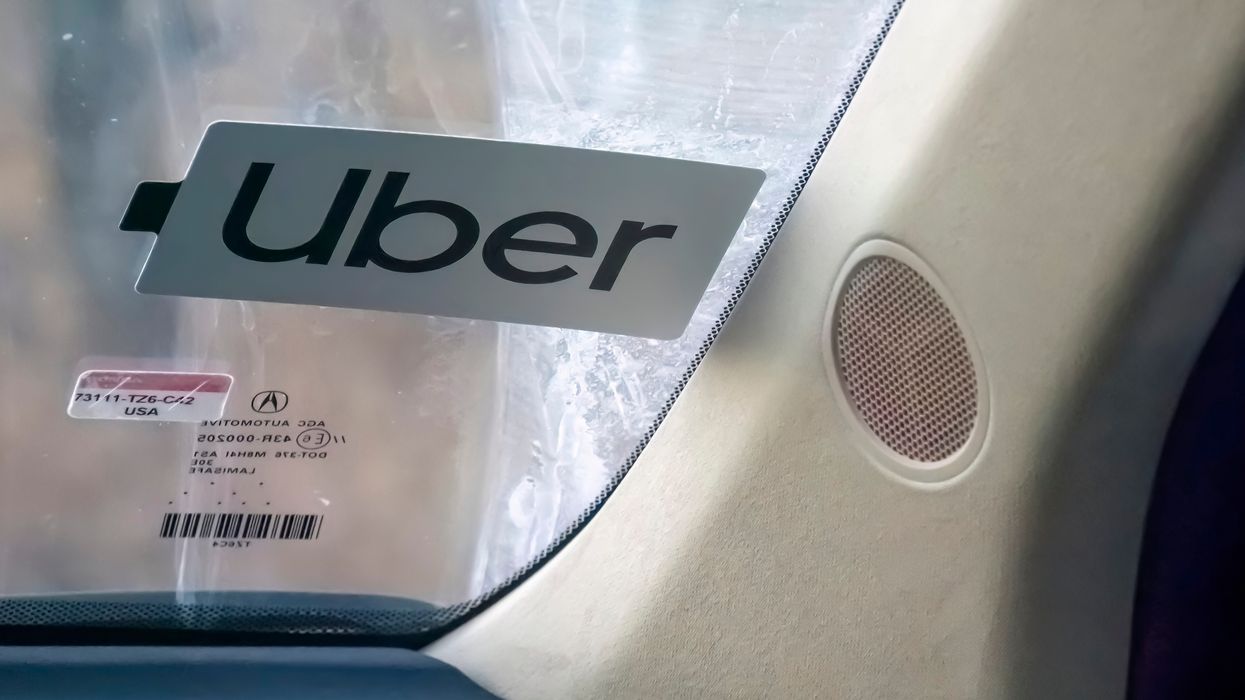This is a unique article: I am writing it as a Torontonian first, urban planner and architect second.
My daily means of transport include getting to work, meetings, pick-up and drop-off my two kids using public transit, biking, and walking. My partner and I consciously opted out of owning a car, relying instead on the diverse transportation options available in the city. However, like many, there are times when the accessibility of public transit isn't seamless, and this is where Uber comes into play.
We can’t emphasize enough how public transit systems play a vital role in urban mobility and how Toronto is lagging behind in comparison to world-class cities when it comes to public transit network. The different modes of public transit facilitate the movement of the masses efficiently and sustainably, and will be more important as Toronto continues to grow. Yet, users face a persistent challenge, which is known as the "last mile." Picture this: you are on your way to a meeting, you just left the subway, and the distance to your destination is just a bit too far to walk comfortably. This is where shared-economy modes like Uber/Lyft and Poparide step in, complementing public transit by bridging the last mile gap. Bike Share Toronto (the bicycle-sharing system operated by the Toronto Parking Authority) is a mode of public transit, and often solving the last mile issue for that matter, and let’s admit it, it will be hard to find someone to say otherwise.
But it’s not just the last mile. When I can’t get somewhere by walking, cycling or taking transit promptly, I will use Uber, or rent a car for the day. It is still dramatically cheaper than buying a car, counting for its loss of value, and paying for monthly gas and insurance.
By integrating these methods into the transportation ecosystem, we're not just allowing a convenient solution; we're enhancing the overall accessibility of public transit. It becomes an integral part of a multi-modal approach, facilitating smoother journeys for commuters.
Accessibility is another key argument for not capping the vehicles serving as Uber drivers. Placing a cap on the number of rideshare vehicles on the road, as the City of Toronto is doing, would inadvertently limit the availability of rides precisely when and where they are needed the most. Accessibility to transportation should be a priority, especially for those living in areas underserved by public transit routes. Capping vehicles could result in leaving these communities without viable options, exacerbating issues of accessibility and equity, and forcing them to buy another vehicle.
Uber, when used strategically, encourages a shift towards a more sustainable mode of transportation. By offering an efficient and reliable alternative for the last mile, it incentivizes people to rely less on personal vehicles, reducing congestion and environmental impact, the demand for parking, etc.
Lastly, we should push for a partnership between Uber, Lyft and public transit authorities, which have the potential to transform the landscape of urban transportation. Collaborations like these, through integrated apps, can provide commuters real-time information about transit options, schedules, and availability, for example: they could assist in optimizing exactly which route to take to avoid delays you might not be aware of. This synergy enhances the overall user experience, encouraging more people to opt for public transit while relying on services like Uber and Lyft to complete their journeys.
Embracing Uber and Lyft as a complementary element to public transit, without caps or limitations, ensures inclusivity, accessibility, and a smoother ride towards a more connected and efficient urban landscape, and allows the private sector to tap in to fill in the gaps between services the public sector is working hard to improve and maintain.





















